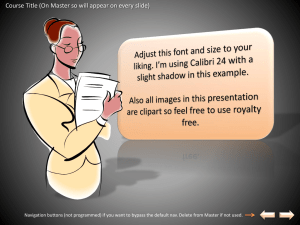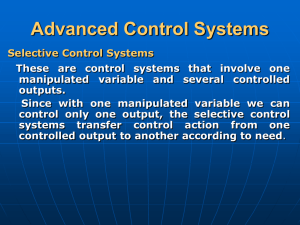Programmed Learning - www.muthupandi.co.in
advertisement
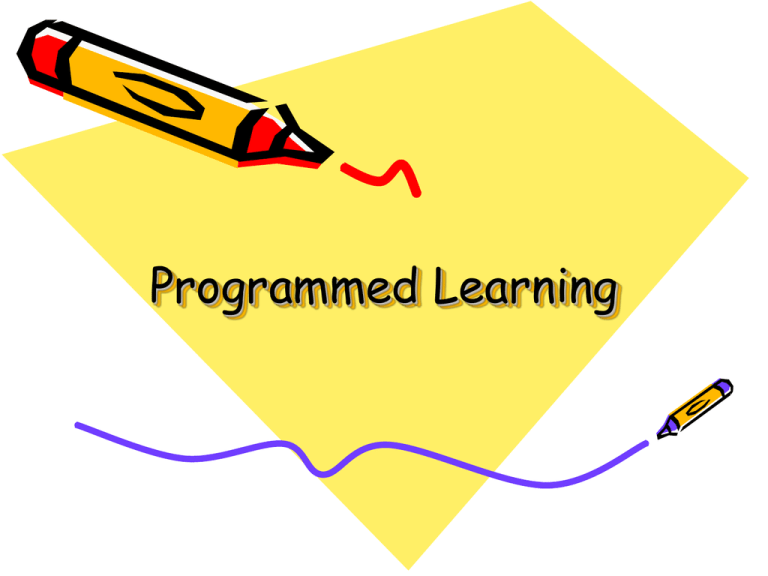
Programmed Learning Introduction • The term Programmed learning has been coined from principles of operant learning or conditioning developed at the psychological laboratories on the basis of experimental studies conducted on animals by B.F.Skinner of Harvard University. This concept was used to development of self learning material or programmed learning and teaching machines. • B.F.Skinner and his companions had first started ‘programmed learning’ in 1943 Introduction • One day B.F.Skinner attended the opening day of his daughter’s school, he found that most of the instructions given by the teachers were ineffective. So he decided to solve such problem in the field of education. • B.F.Skinner published a paper entitled ‘Science of Learning and art of Teaching’ . This paper leads the way for the programmed instruction. He claimed that desirable behaviour can be brought out by continuous feed back. • Thereafter, Sidney L.Pressey designed a teaching machine for teaching purpose Meaning of Programmed Learning • Programmed instruction is the process of arranging the material to be laerned into a a series of sequential steps that is from known to unknown. ------ Smith and Moore • Programmed learning is a method of designing a reproducible sequence of instructional events to produce a measurable and consistent effect on behaviour of each and every acceptable students. ------ Susan Markle • Programmed learning refers to the arrangement of instructional material in prograssive sequences. ---------- Harold W.Bernard Principles of Programmed Learning • • • • • Principle of Small Steps Principle of Active Response Principle of Immediate Confirmation Principle of self –Pacing Principle of Self Evaluation Characteristics of Programmed Learning • Positive Characteristics – Individualized Instruction – Logical Sequence of material (Small Steps) – Interaction between the learner and the programme – Immediate Knowledge of results – Organized nature of Knowledge – Learners Own Speed (Self Pacing) – Constant Evaluation Characteristics of Programmed Learning • Negaitive Characteristics – Not a Test – Not an Audio Visual Aid – No Chances for Real Objects – There is no equality (gifted will learn soon when compare to slow learners) – There is no Love and concern – There are less auditory communication in PLM – Personal values of the students can not be evaluated Assumptions of Programmed Learning • Being Active • More motivation to learn • Content Mater will be presented in small steps so learning will be eassy to the learner • He commits minimum mistakes in his learning • Sequence of the Content is Simple to Complex • It promotes the self learning Objectives of Programmed Learning • • • • • • • To help the students for learning by doing To provide the situation to learn at his/her own speed To help the student to learn without the presence of teacher To present the mater in a logical manar To study himself To evaluate himself To compare his/her answer with the key Types of Programmed Learning • Linear Programming • Branched Programming Linear Programming • This was developed by B.F.Skinner and his associates. • In this method the subject method will be devided into very small steps each of which is called as frame. • In each frame, the student to do something. • After giving the answer for the question immediately he can check wheather his answer in correct or wrong F1 F2 F3 F4 F5 F6 Branching Programming F1.1 If Answer is Wrong • This was developed by Norman, A.Crowder (1960) and it was called as intrinsic programme • In this method the subject should select the answer for the question(Objective Type). • If subject’s answer is correct he will lead to the next frame. • If subject’s answer is wrong he will lead to the remedial frame • After the remedial frame he will directed to the main frame If Answer is Correct F1 F2
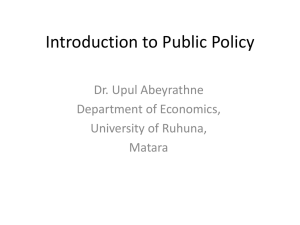

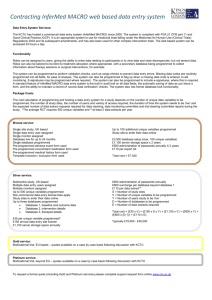
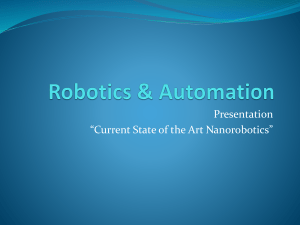


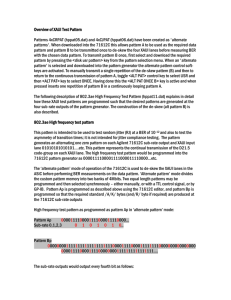
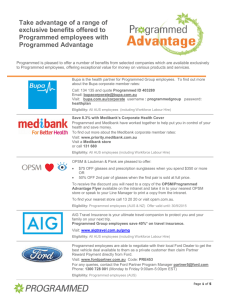
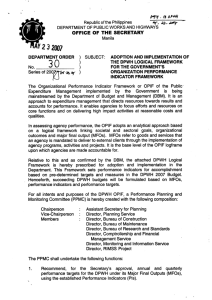
![[SPECIALTY DOCTOR] [ASSOCIATE SPECIALIST] CONTRACT](http://s3.studylib.net/store/data/007746659_2-1cc1b9dc57d745883585c0760f48e57d-300x300.png)
